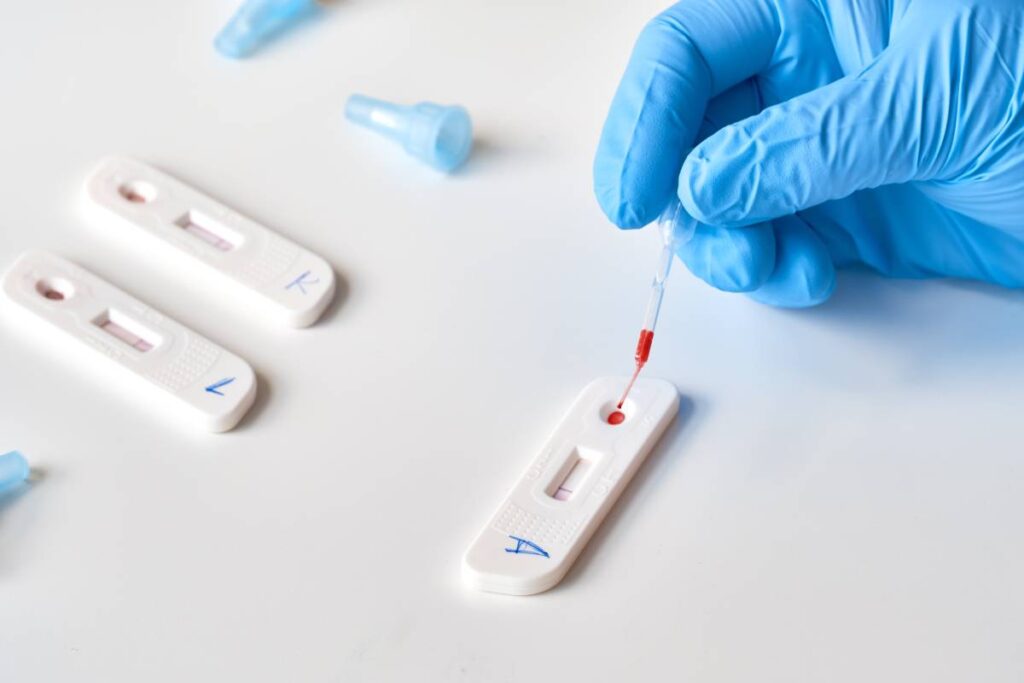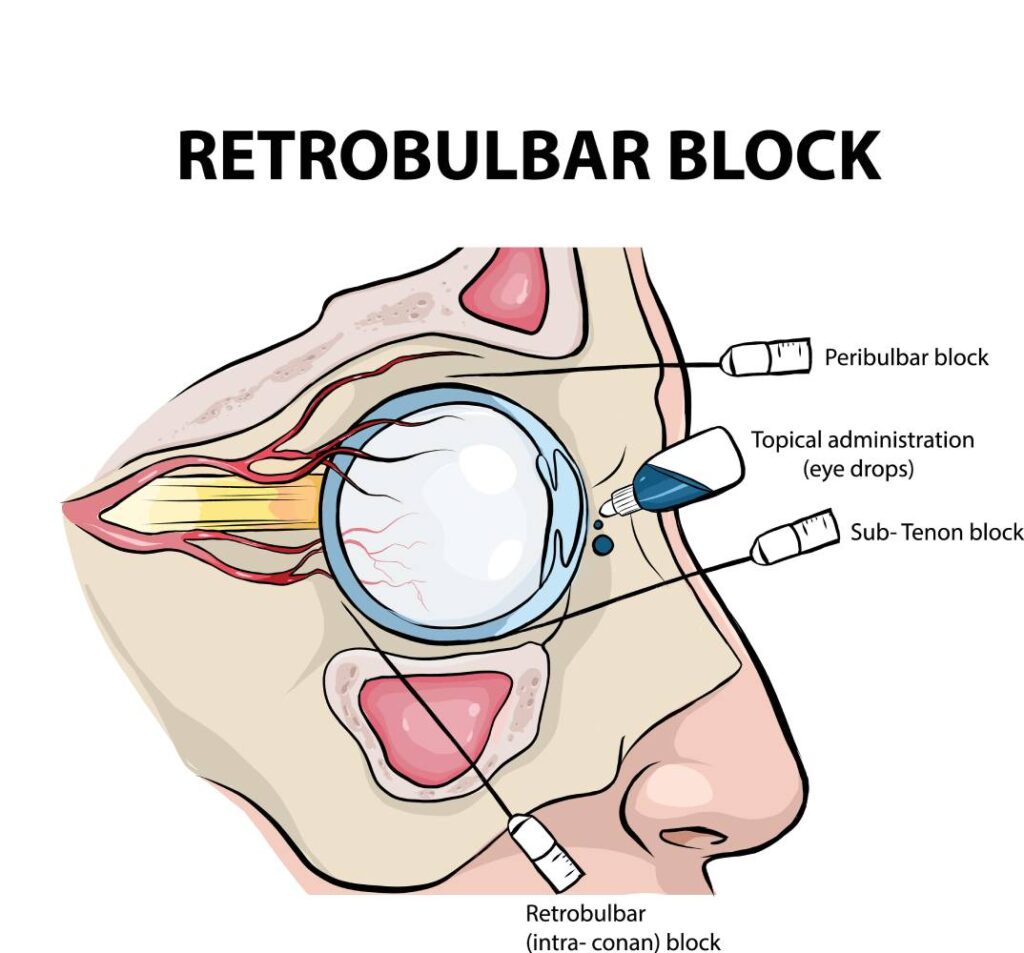Anesthesiology residency programs are essential for training the next generation of anesthesiologists and equipping them with the skills and knowledge necessary to provide safe and effective anesthesia care. Recent developments and news in anesthesiology residency programs highlight evolving trends, innovative…
Blog
Surgical Prehabilitation
Surgical prehabilitation, often shortened to “prehab,” is a proactive approach that prepares patients physically and psychologically for the stresses of surgery. This concept has gained traction in recent years, reflecting a broader understanding of the benefits of optimizing health before…
Anesthesia Considerations: Simple vs. Radical Hysterectomy
Hysterectomy is one of the most common surgeries around the world and is indicated for both benign and malignant conditions. A simple hysterectomy typically involves removal of the uterus and cervix and is performed for benign reasons such as uterine…
Top Illnesses in the US vs. Globally
Health challenges vary significantly between countries due to differences in healthcare infrastructure, socioeconomic factors, lifestyle choices, and environmental influences. While some illnesses are prevalent globally, others are more prominent in specific regions or populations. Top[RJ1] illnesses in the US differ…
Direct vs. Video Laryngoscopy
Endotracheal intubation is a procedure performed in various settings, including the OR, emergency departments, and critical care units. It may be necessary in situations where a patient is experiencing acute respiratory failure, inadequate oxygenation or ventilation, or has a compromised…
Uses of Intravenous Lidocaine
Lidocaine is an amide local anesthetic commonly used for local or topical anesthesia. As with other local anesthetics, lidocaine’s mechanism of action occurs at sodium ion channels on the internal surface of the plasma membranes of neurons. By ionizing via…
Alternatives to Retrobulbar Block in Eye Surgery
Currently, there are approximately 4.2 million adults in the United States who are visually impaired. Early diagnosis and treatment, including surgery, have the potential to reverse vision impairment, such as cataract extraction, or slow and reduce the progression of diseases…
Understanding Anesthesia Through Neural Connectivity Analysis
General anesthesia induces a state of unconsciousness, amnesia, and immobility via the suspension of neural activity, including physiological processes mediated by the spinal cord. Research on the mechanisms of anesthesia has been extensively conducted at both micro- and macro- levels.…
Disability After Surgery
Older individuals contemplating surgery often express concerns regarding potential complications, returning home, and the anticipated improvement in their quality of life. Notably, the avoidance of new or worsening disability becomes a paramount consideration with advancing age. To better guide patients,…
Alternatives in Case of Propofol Shortage
Over the past couple of decades, drug shortages have become a relatively common occurrence in clinical settings. According to an American Hospital Association (AHA) survey of community hospitals, nearly 50% of responding hospitals reported at least 21 drug shortages within…









